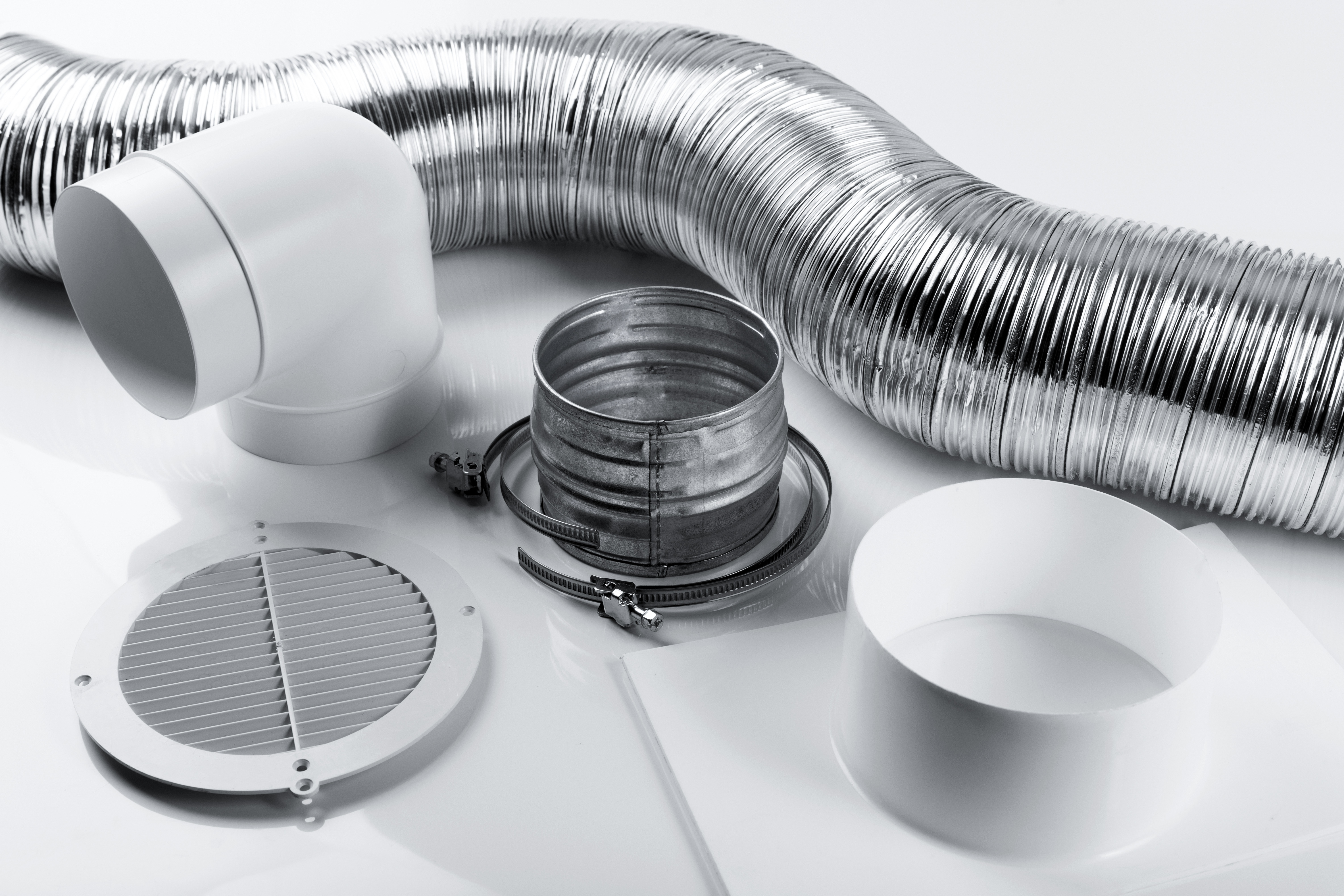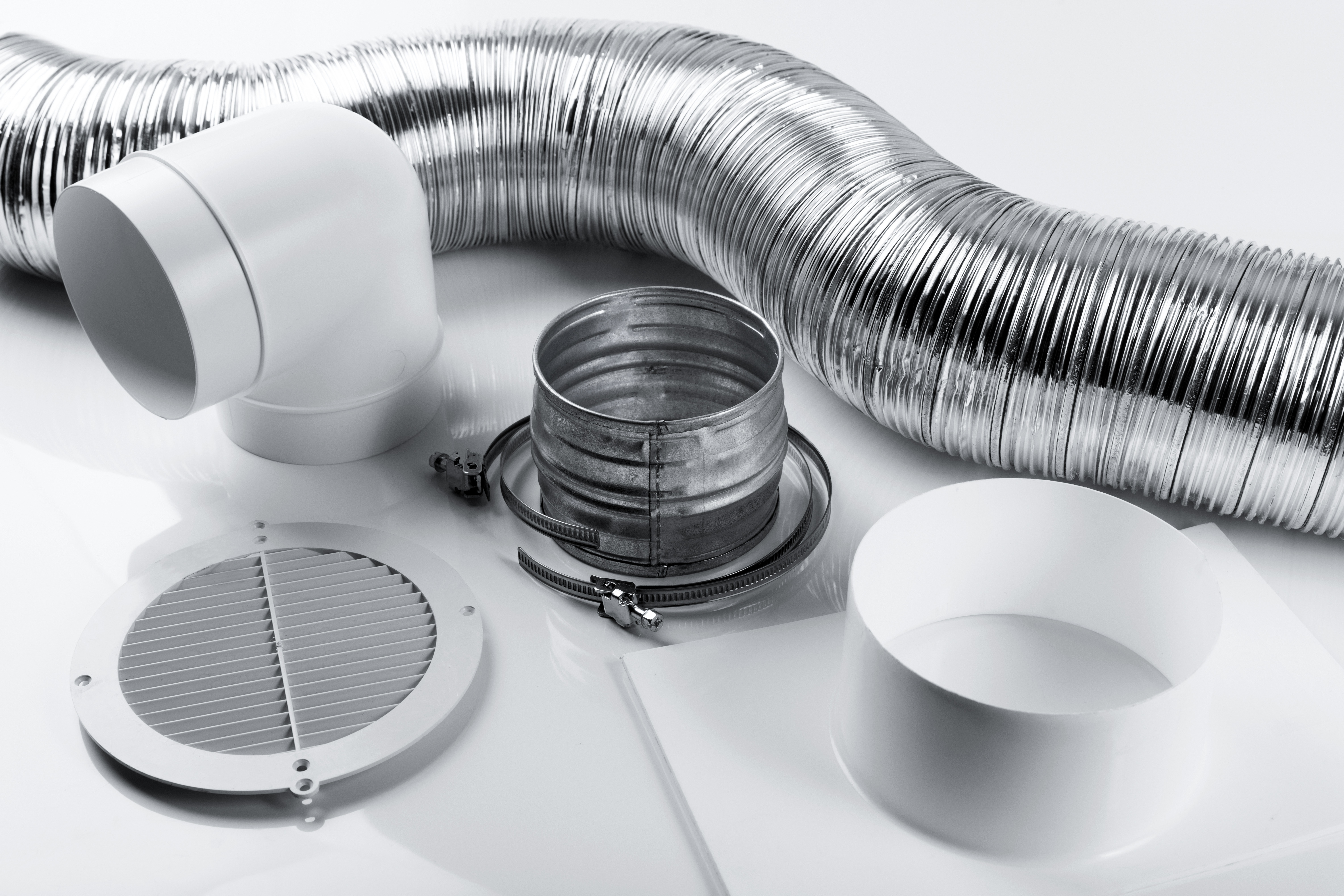
Not everyone is fully aware of what exactly LEV testing is or even what the acronym actually means; and indeed, its ramifications. Hence the timely nature of this week’s blog.
In a sentence, LEV stands for Local Exhaust Ventilation, although you might recognize it in its broader terms where it’s more commonly referred to as dust or fume extraction. Essentially it’s the systematic means by which otherwise harmful airborne contaminants are removed from key areas where employees work, and therein playing a pivotal role in ensuring that the air remains clean. But not just in workplace environments, as LEV’s are habitually seen in situ elsewhere, and more specifically where the general public could, potentially, be vulnerable to the inhalation of noxious dust or fumes.
Why Does LEV Testing Take Place?
As to why the requirements exist to have all LEV assemblages routinely tested, as we touched on above, it is based on health and safety governance, and further stems from the underlying fact that here in the UK thousands of employees develop occupational diseases as a result of breathing in certain dusts. By that token, should the presence of harmful substances be acknowledged within a building (and LEV extraction systems are subsequently implemented to counter and control this threat to employee/public health), then it’s imperative that the facilities are regularly inspected and maintained to keep them working efficiently.
LEV assemblages are crucial in the fight against dust, fumes and vapour particulates, which when not addressed could compromise health and wellbeing; and are found on the front line extracting various harmful substances from the air we’d be at risk from in such circumstances. What’s more, LEV testing is a legislative requirement, as decreed in the all-important Health and Safety at Work Act 1974. Failure to install LEV techniques in the workplace so as to protect employees is legally considered an infringement of rules and regulations, as is not compliantly testing LEV equipment at least every 14 months, in accordance with regulation 9 of COSHH guidelines.
What Does LEV Testing Consist of?
As we’ve already established above, Local Exhaust Ventilation systems are fundamentally designed to provide employees (and members of the general public) with targeted protection from exposure to hazardous dust, fumes and a number of other largely unseen airborne contaminants; all of which have the capacity to endanger health. And these dedicated assemblages require routine and regular close quarter scrutiny and test procedures carried out on them to determine whether or not they are still doing the job in which they are designed for and signed off as fit for purpose.
The physical manifestation of LEV testing involves a thorough examination of the core equipment, including hoods, filters and ducts, together with the measurement of the technical performance and overall assessment of the effectiveness of the individual facility, courtesy of using the appropriate equipment to undertake these tasks. Looking at the accepted rigours of a COSHH test, this type of undertaking tends to measure the air flow from each point (for example, an arm or hose) found within the LEV system, with a record created then and there at the point of reference. Data compiled typically see notification of compliance with regulations such as the following, and such test and repair records must be kept for a minimum of 5 years;
- Details of employer responsible for LEV system.
- LEV system type, along with clarification of process kind, hazardous substance(s) controlled and location.
- Date of any previous test (inc, time and conditions re: current test).
- Intended operating airflow performance (current performance and recognition of any repairs necessitated to achieve intended performance).
- Details of testing officer, designation and employer (in addition to testing methods employed), plus subsequent authentication if/when LEV system passes COSHH test.
- Should LEV fail test, details of repairs required to rectify situation need to be noted.
Tell Me More about the Implementation of Regulations Which Apply to LEV Testing
In many cases an assessment will ascertain whether or not it’s possible scenarios might develop where exposure to contaminated particles/substances/fumes/etc becomes a real threat to employee/public health. The requirement to install an LEV system to alleviate this risk will then be advised, and should be then adhered to in accordance with COSHH General Code of Practice and HSG258. Regular testing of the system put into place thereafter will continue to identify any problem areas if they arise going forward, however if these tests aren’t stringently upheld in terms of scheduling and thoroughness, then any defects that could restrict the effectiveness of the LEV could go beneath the radar, so to speak.
If it’s agreed that LEV testing will be conducted in-house, then the responsibility falls to the employer to ensure that all practices, protocols and procedures are strictly adhered to, and critically that the extraction system is continually meeting the levels of performance dictated by present governance. That’s why most employers choose to recruit the services of a third party specialist company which will carry out competent, routine assessments and verify the extraction system is doing its job to its optimum.
What if an Employer Decides to Flout HSE and COSHH Regulations and Fails to Test LEV Systems?
The simple answer to this is that they risk finding themselves in hot water, as was the recent case with one company in Essex, who paid the ultimate price for repeatedly disregarding the health and safety of its employees. The joinery firm was handed a £15k fine for being non-compliant when it came to testing dust extraction systems on site, an act which was ruled to have put staff’s health on the line. Meanwhile, a manufacturing company was given a £800k fine after three employees developed debilitating lung conditions following exposure to working metal fluid mist, while in Port Talbot the management team at a furniture factory received suspended prison sentences for ongoing health and safety failings. Issues raised at the site included poor control of wood dust and inadequate maintenance of fume and dust extraction equipment.
Across the board the HSE are reiterating messages that it won’t tolerate slack attitudes to the wellbeing of employees in a variety of workplaces, and that it’s taking seriously its mandate to prosecute firms who are not playing by the rules. With a portfolio to inspect companies across all industries, the HSE habitually concentrate its efforts on the woodworking, fabricated metal and food manufacturing sectors.






